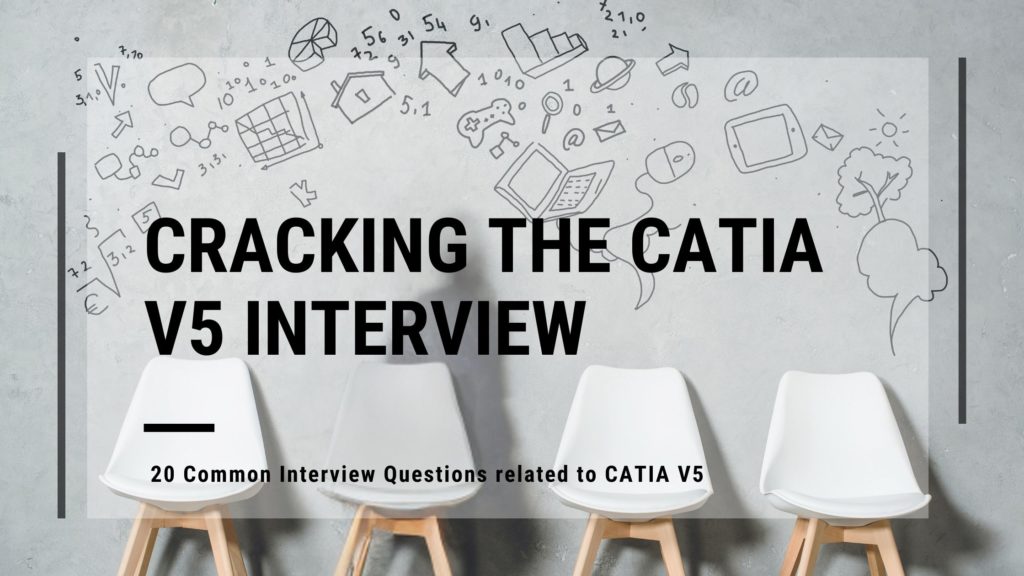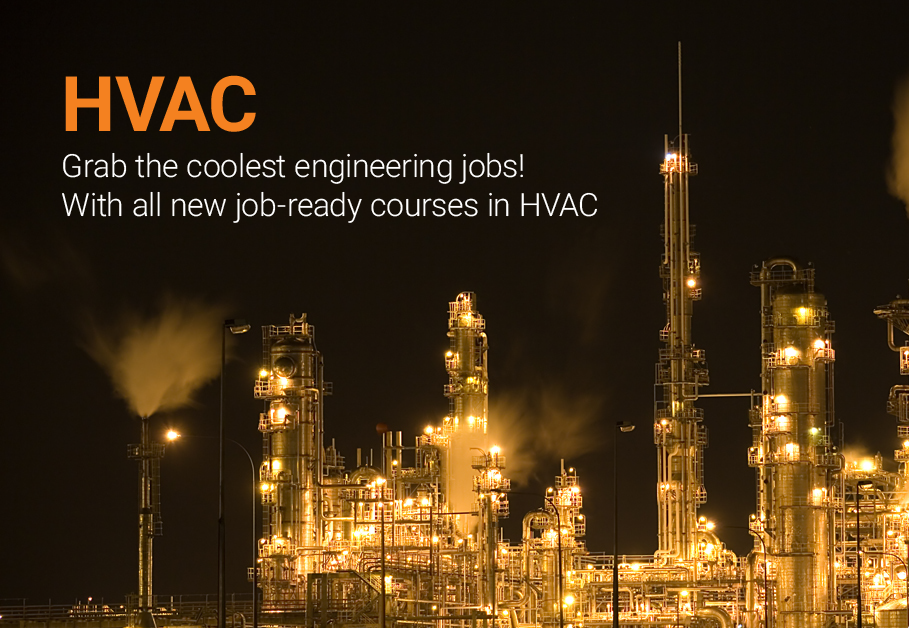CATIA V5 is one of the most widely used CAD (Computer-Aided Design) software in industries such as automotive, aerospace, and manufacturing. Companies rely on CATIA V5 for 3D modeling, product design, and engineering solutions. As a result, CATIA professionals are in high demand, and recruiters often test candidates with technical questions during interviews.
If you are preparing for a job, mastering the most asked CATIA V5 interview questions and answers can help you stand out. This guide covers the top 20 frequently asked CATIA questions that will strengthen your preparation and boost your confidence.
Top 20 CATIA V5 Interview Questions & Answers
1. What is CATIA V5?
CATIA V5 is a powerful CAD software developed by Dassault Systèmes. It is widely used for 3D design, simulation, product lifecycle management, and manufacturing.
2. What are CATIA V5 workbenches?
Workbenches in CATIA are environments where specific tasks are performed. Common workbenches include:
- Part Design
- Assembly Design
- Drafting
- Wireframe and Surface Design
- Generative Sheetmetal Design
3. What is the difference between Part Design and Generative Shape Design?
- Part Design is used for solid modeling.
- Generative Shape Design is mainly used for creating complex surfaces and shapes.
4. How is an Assembly created in CATIA V5?
Assembly Design workbench allows you to insert multiple components and constrain them to create a complete product.
5. What are Constraints in CATIA?
Constraints define the relationships between geometry. Examples:
- Coincidence
- Parallelism
- Perpendicularity
- Tangency
6. What is the Sketcher Workbench used for?
It is used for creating 2D profiles, which can later be used to generate 3D features.
7. What is the Drafting Workbench?
It is used to create 2D drawings from 3D models for manufacturing purposes.
8. Explain the difference between Absolute Axis and Axis Systems.
- Absolute Axis: Default fixed axis of the part.
- Axis Systems: Custom axis created by users for modeling.
9. What is meant by Hybrid Design in CATIA?
Hybrid Design allows solid and surface features to be created within the same part body.
10. What are Boolean Operations in CATIA V5?
Boolean operations combine or modify bodies:
- Add
- Remove
- Intersect
11. What is the purpose of the Wireframe and Surface Design Workbench?
It is used for creating curves, surfaces, and complex shapes that cannot be built using solid modeling alone.
12. What is Draft Analysis?
Draft Analysis is used to verify if a part can be manufactured using the mold process.
13. Explain Sheetmetal Design in CATIA.
This workbench is used to create sheet metal components with bends, flanges, and cuts.
14. What is Knowledgeware in CATIA?
Knowledgeware helps automate design by applying rules and formulas, improving efficiency.
15. How do you define Parameters in CATIA?
Parameters are variables that control dimensions, material properties, and design constraints.
16. What are Publications in CATIA V5?
Publications allow you to expose geometry for use in other parts or assemblies.
17. What is the use of Assembly Constraints?
They help fix the relative position of parts, e.g., Coincidence, Contact, Offset.
18. What are Power Copies?
Power Copies allow you to reuse frequently used features across multiple designs.
19. What is CATIA’s advantage over other CAD software?
- Robust surface modeling
- Industry-wide usage in aerospace & automotive
- Integration with PLM solutions
20. What are Drafting Standards in CATIA?
Standards control line types, dimensions, text style, and symbols in drawings (ISO, ANSI, etc.).
Final Tips for CATIA V5 Interview Preparation
- Practice hands-on in different CATIA V5 workbenches (Part Design, Assembly, Drafting).
- Focus on real-world applications, not just theory.
- Revise fundamentals like constraints, parameters, and Boolean operations.
- Be ready to explain how CATIA is applied in aerospace, automotive, and manufacturing industries
Cracking a CATIA V5 interview requires strong fundamentals, practical skills, and familiarity with commonly asked questions. By practicing these 20 CATIA interview questions and answers, you’ll build the confidence needed to succeed.
Industries worldwide are seeking skilled CATIA professionals for roles in design and engineering. To stay ahead, continuous learning is key. If you want to master CATIA V5 and prepare for high-paying job opportunities, join a structured CATIA training course at CADD Centre, where expert trainers and industry projects will help you excel.





